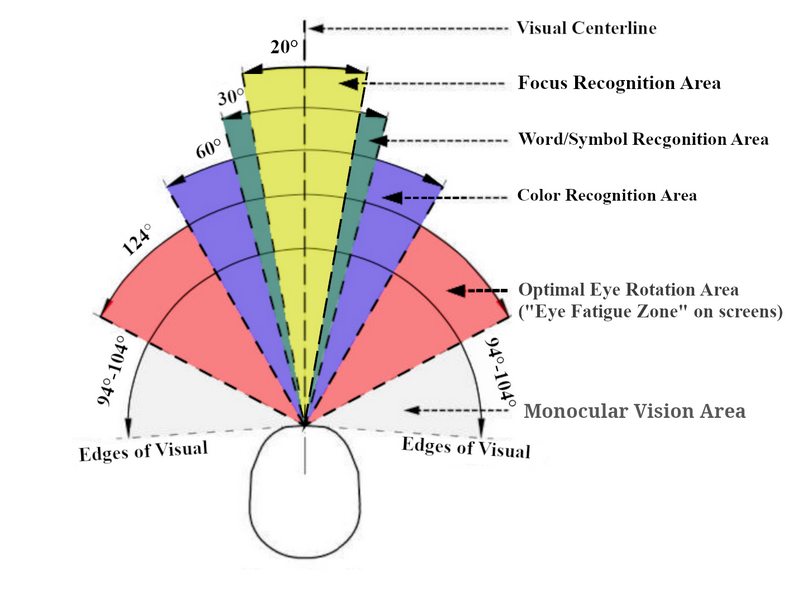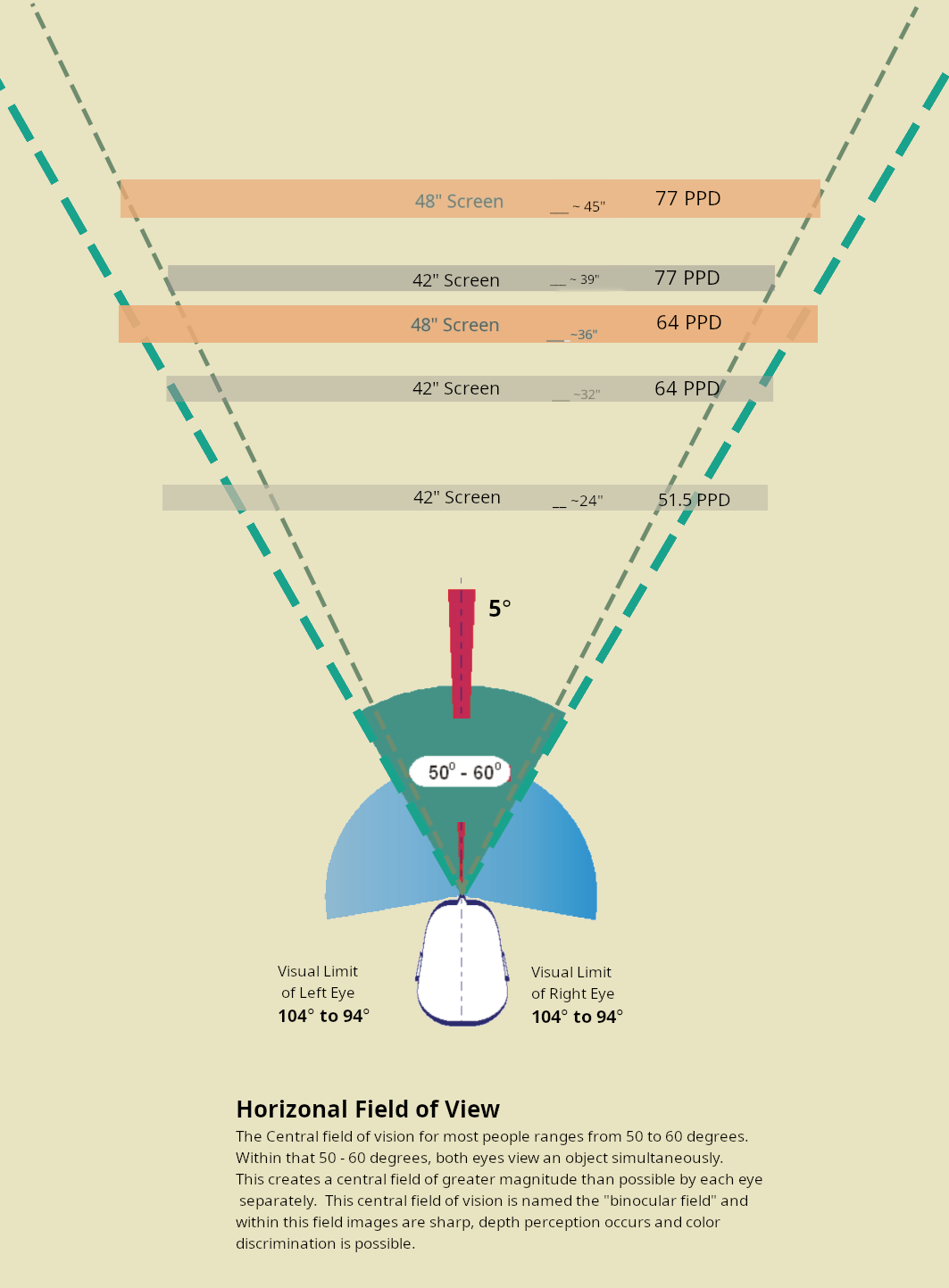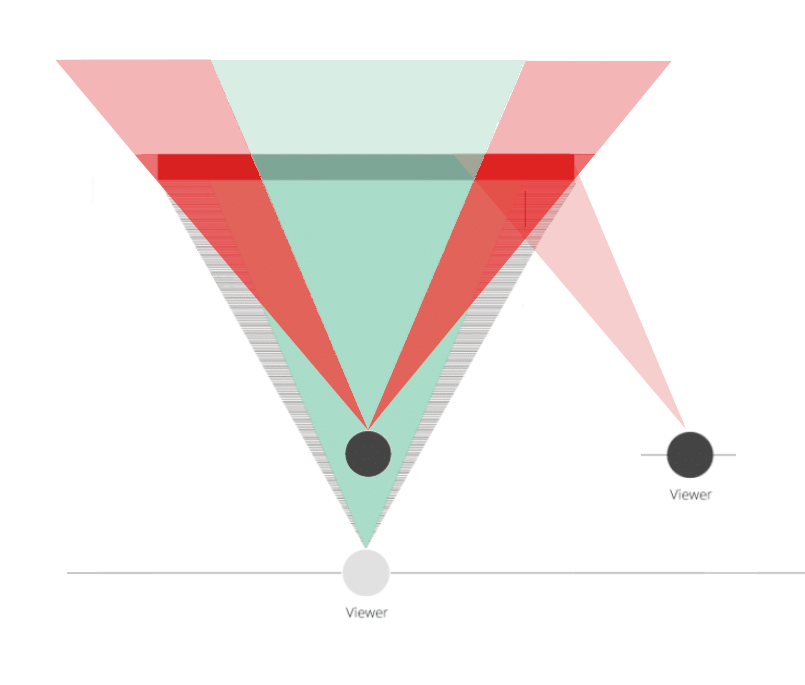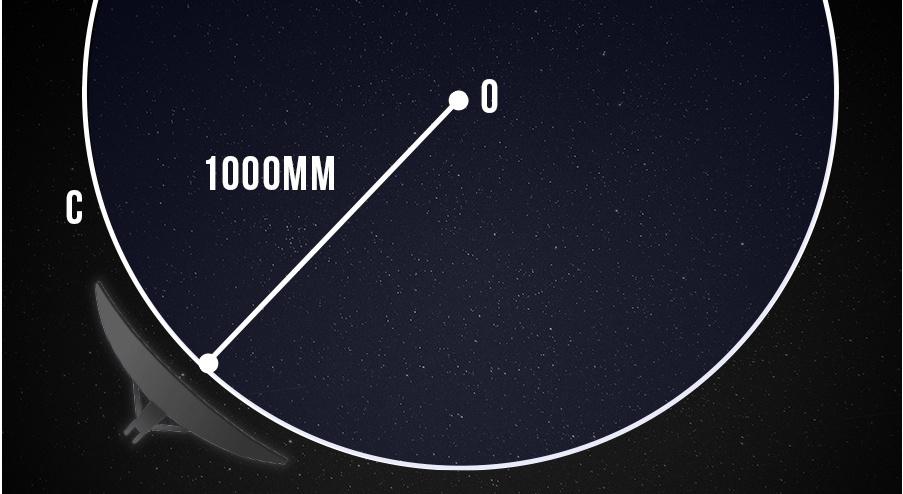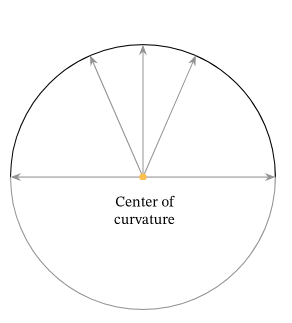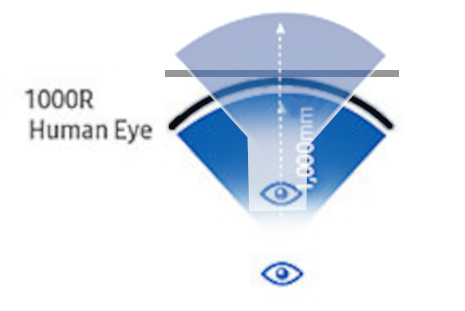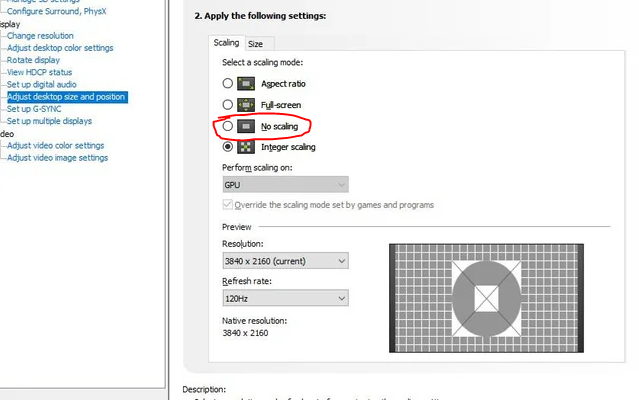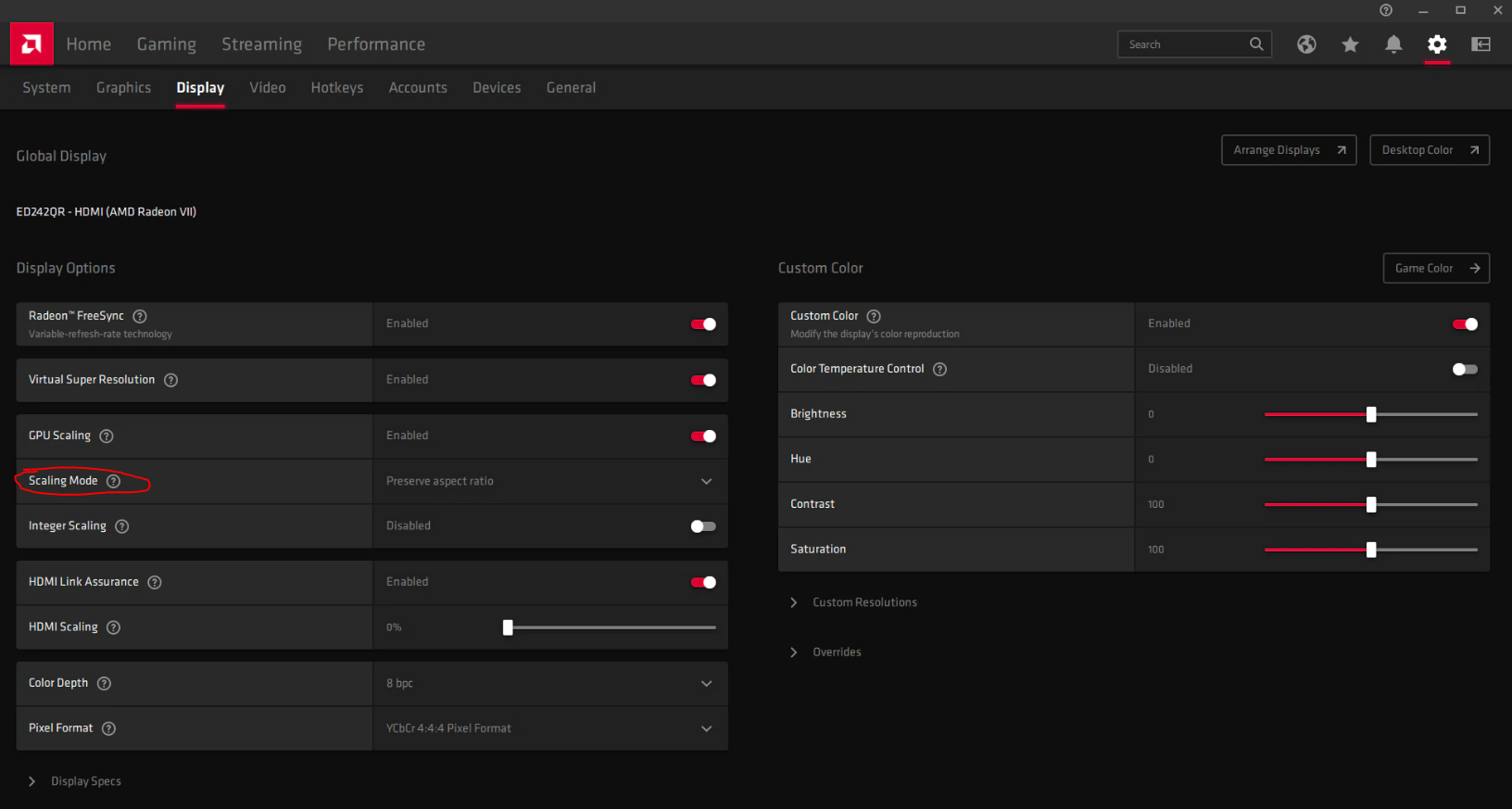ManofGod
[H]F Junkie
- Joined
- Oct 4, 2007
- Messages
- 12,866
Ok guys, I am asking for your opinions before I move forward with any purchases. For starters, I bought the LG C2 42 inch TV and have been using it as a monitor on my PC since last December of 2022. I do not dislike it but, I have found that I barely game anymore and in fact, I have only gamed maybe 20ish hours in the last 10 months, give or take. I have found that if I can sell it, I can get $700 for it and then pick up a decent VA panel 32 inch monitor. However, I am not certain if that is such as good idea, in the long run but, I just hate having spent the money on the LG and then not having really used it in a way that made it worth buying.
I will not buy an IPS display, since I hate the IPS glow. What do you guys think, just keep what I have and accept it or go with something smaller? Maybe you guys can recommend a smaller monitor other than what I suggested above?
Edit: That and I want a Display Port so that Linux would support VRR with my 6800XT.
I will not buy an IPS display, since I hate the IPS glow. What do you guys think, just keep what I have and accept it or go with something smaller? Maybe you guys can recommend a smaller monitor other than what I suggested above?
Edit: That and I want a Display Port so that Linux would support VRR with my 6800XT.
Last edited:
![[H]ard|Forum](/styles/hardforum/xenforo/logo_dark.png)

